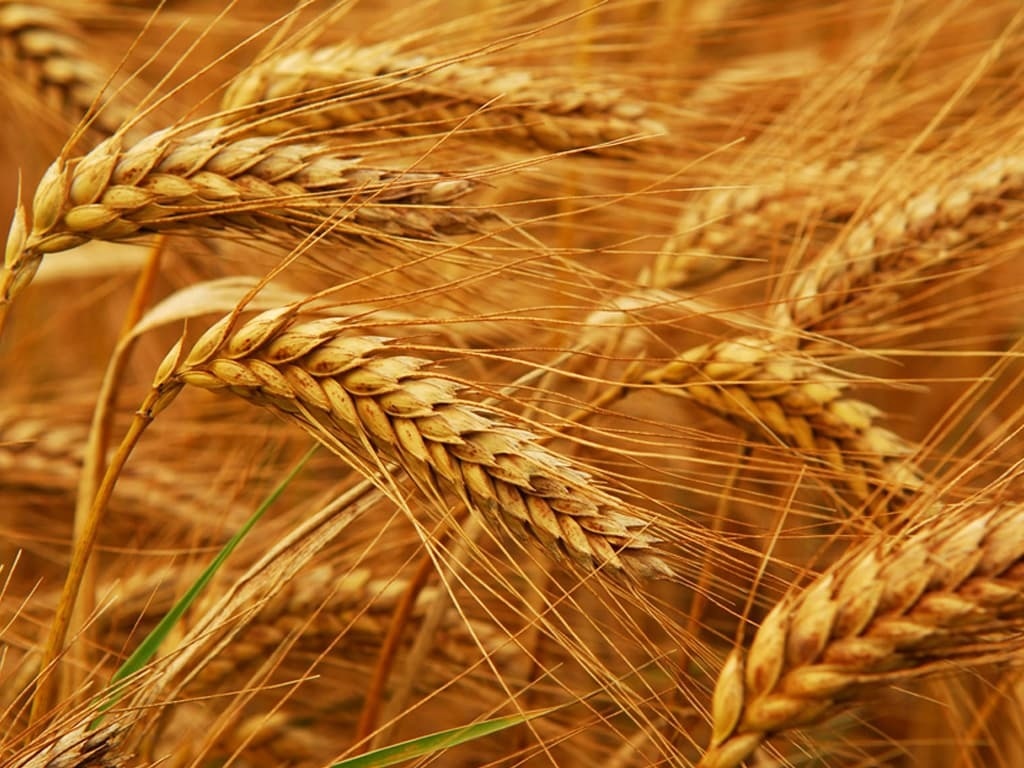Introduction
Wheat is the most important staple crop in Pakistan, covering millions of acres of farmland. With the growing demand for food, farmers are continuously looking for ways to improve wheat yield per acre. By using high-quality seeds, adopting modern farming techniques, and managing soil health effectively, Pakistani farmers can significantly increase their wheat production.
Best Wheat Seeds for High Yield in Pakistan 2025
Selecting the right wheat seed variety is the first step toward achieving a high yield. Certified wheat seeds ensure better germination, disease resistance, and improved productivity.
Characteristics of High-Yield Wheat Seeds
- Disease resistance
- Better adaptability to local climates
- High germination rates
- Shorter maturation period
Recommended Wheat Seed Varieties
- Galaxy-2013 – Known for high yield and disease resistance
- Faisalabad-2008 – Suitable for Punjab’s climate
- Sehar-2006 – Early maturing and resistant to rust
- AARI-2011 – Ideal for semi-arid areas
- Punjab-2011 – Suitable for late sowing conditions
Using certified wheat seeds in Pakistan ensures that farmers get the best genetic potential of the crop, leading to increased production per acre.
Optimal Wheat Production Rate Per Acre
The quantity of seeds sown per acre plays a crucial role in achieving maximum yield.
Recommended Seed Rate
- Broadcasting method: 50-60 kg per acre
- Drill method: 40-50 kg per acre
Factors Affecting Seed Rate
- Soil type
- Seed variety
- Sowing method
- Climate conditions
By using the correct wheat seed rate per acre, farmers can prevent overcrowding and ensure healthy plant growth.
Best Sowing Time for Maximum Yield
Sowing time directly impacts wheat production. Farmers must plant their crops within the recommended timeframe to achieve the best results.
Recommended Sowing Period
- Early Sowing: Mid-November to early December (For irrigated areas)
- Late Sowing: Mid-December to early January (For barani or rain-fed areas)
Sowing within the optimal window ensures that wheat plants receive adequate sunlight and moisture for better growth.
Soil Preparation and Fertilization Techniques
Healthy soil leads to high wheat yields. Proper land preparation and fertilization provide essential nutrients to the crop.
Steps for Soil Preparation
- Plowing: Deep plowing to break compacted soil
- Leveling: Laser leveling for uniform water distribution
- Organic Matter Addition: Using compost or farmyard manure
Fertilizer Recommendations
- Nitrogen: 100-120 kg per acre (divided into two doses)
- Phosphorus: 50-60 kg per acre
- Potassium: 25-30 kg per acre
Using balanced fertilizers and organic manure improves soil fertility, ensuring higher yields.
Water Management for Wheat Crop
Wheat is a water-sensitive crop, and its yield depends on proper irrigation.
Recommended Irrigation Schedule
- First irrigation: 20-25 days after sowing
- Second irrigation: 40-45 days (tillering stage)
- Third irrigation: 60-70 days (booting stage)
- Fourth irrigation: 90-100 days (grain filling stage)
Efficient water management prevents stress on plants and promotes optimal growth.
Weed and Pest Control in Wheat Fields
Weeds and pests significantly reduce wheat yields by competing for nutrients and causing damage.
Common Weeds in Wheat Fields
- Wild oats
- Bathu (Chenopodium album)
- Phalaris minor
Effective Weed Control Methods
- Pre-emergence herbicides (Pendimethalin)
- Post-emergence herbicides (Clodinafop, Metribuzin)
- Manual weeding (if necessary)
Common Pests and Their Control
- Aphids: Use insecticides like Imidacloprid
- Armyworm: Spray Cypermethrin or Lambda-cyhalothrin
- Rust Disease: Use resistant seed varieties and fungicides
Timely weed and pest control helps farmers protect their wheat crop and maximize yields.
Harvesting and Post-Harvest Handling
Proper harvesting techniques prevent grain loss and maintain wheat quality.
Best Harvesting Practices
- Harvest when grains are fully mature (14-16% moisture content)
- Use combine harvesters for efficiency
- Dry and store wheat properly to avoid fungal infections
Following the right harvesting techniques ensures that farmers get the best market price for their wheat produce.
FAQs
1. Which wheat seed gives the highest yield in Punjab?
Galaxy-2013 and Faisalabad-2008 are among the best wheat seed varieties for high yields in Punjab.
2. What is the recommended wheat seed rate per acre?
For the drill method, use 40-50 kg per acre; for broadcasting, use 50-60 kg per acre.
3. What is the best sowing time for wheat in Pakistan?
Mid-November to early December is the ideal sowing time for irrigated areas.
4. How can I increase wheat production per acre?
Use certified wheat seeds, maintain proper soil fertility, manage irrigation efficiently, and control weeds and pests.
5. Where can I buy certified wheat seeds in Pakistan?
Certified seeds are available at reputable wheat seed companies in Pakistan such as Barasinga Seeds.
Conclusion
By choosing the best wheat seeds for high yield in Pakistan 2025, optimizing sowing techniques, and managing soil and water effectively, farmers can maximize their wheat production per acre. Implementing modern farming practices and staying informed about new wheat seed varieties can significantly enhance productivity and profitability.

